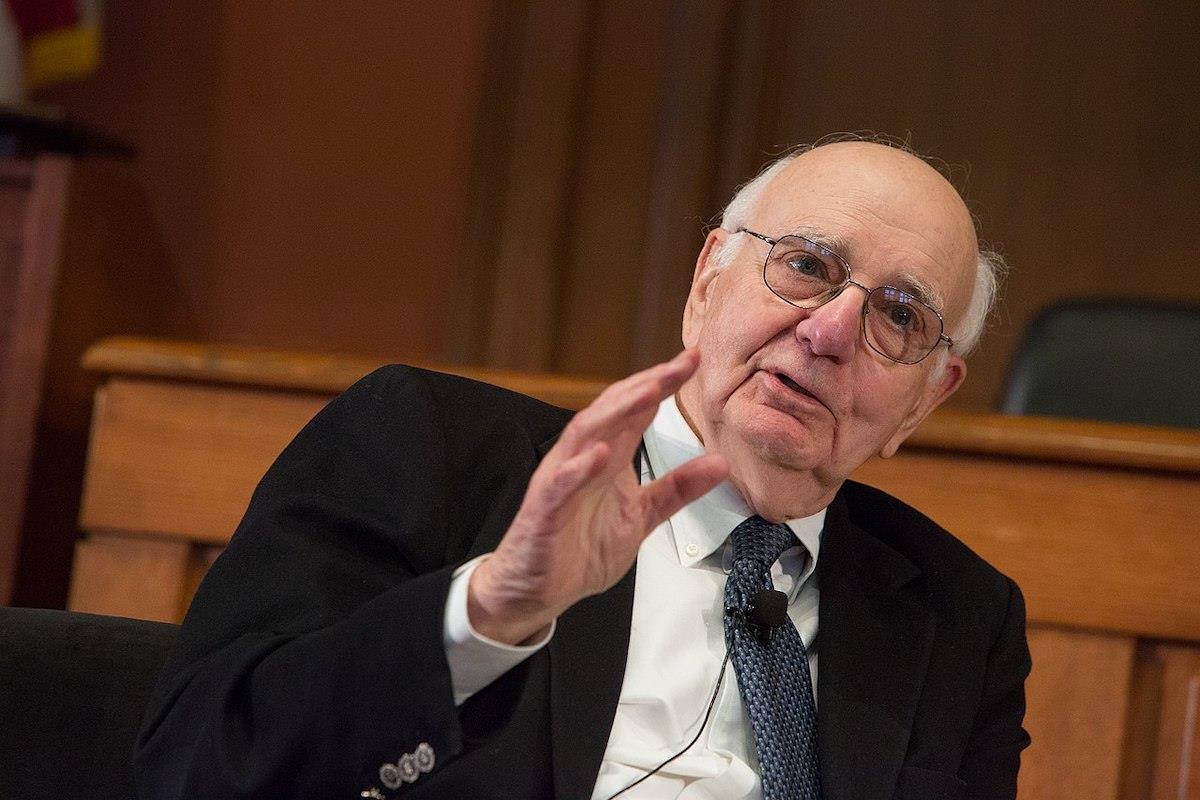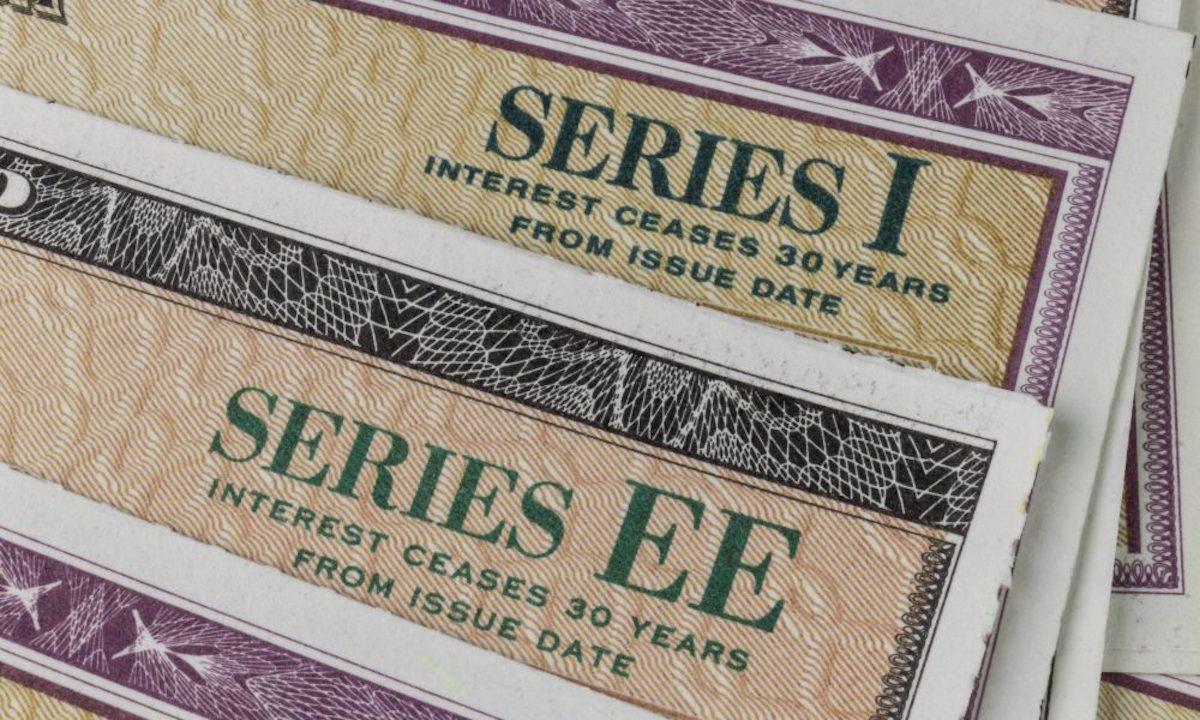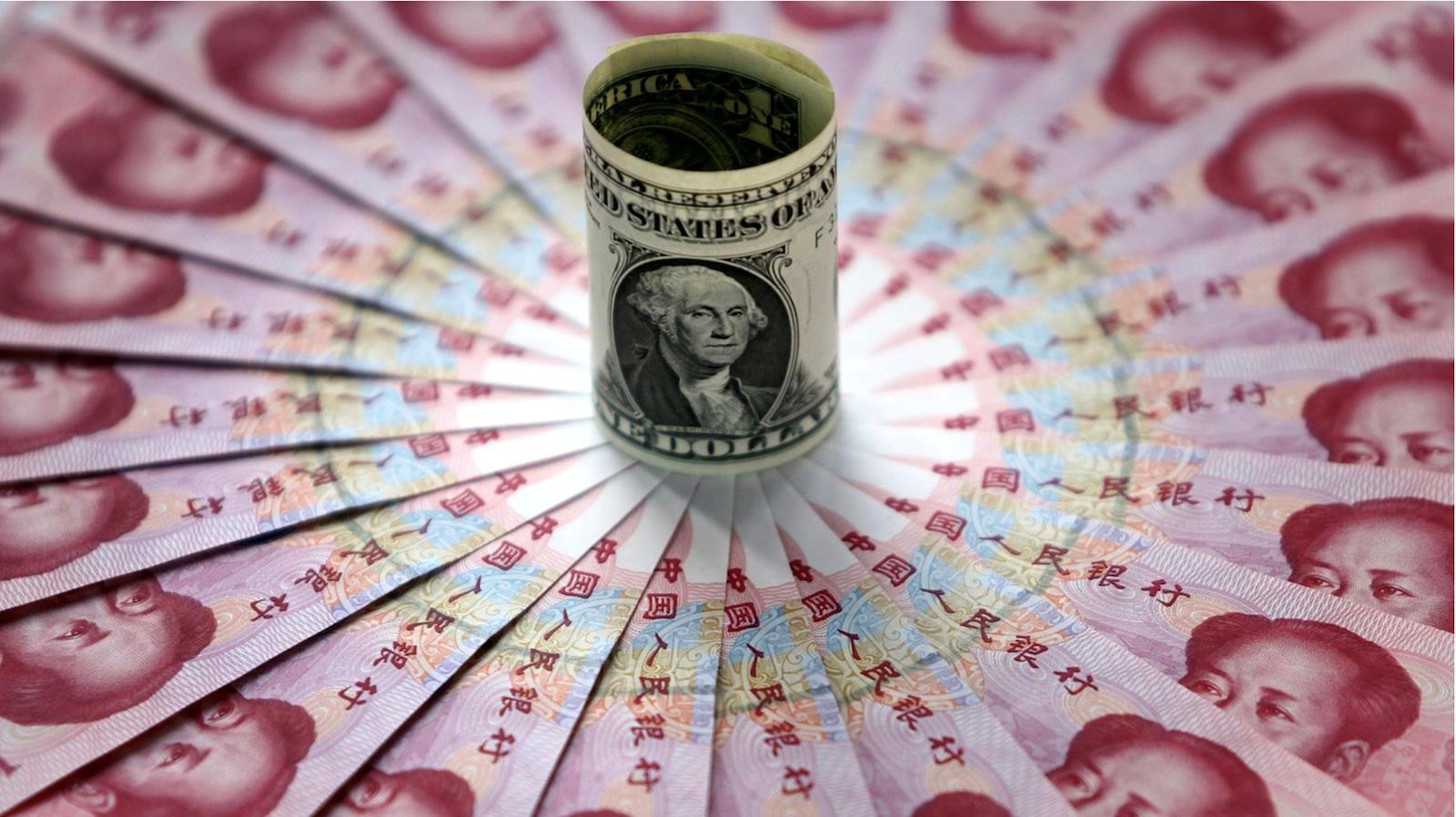(MENAFN- Asia Times) BlackRock Inc economist Wei Li has a brutal message for Asian policymakers and investors who are betting that the US Federal Reserve is done tightening: Get used to disappointment.
“We don't see rate cuts this year – that's the old playbook when central banks would rush to rescue the economy as recession hit,” Li argues.“We see a new, more nuanced phase of curbing inflation ahead: less fighting but still no rate cuts.”
Such views throw cold water on the conventional wisdom that the collapse of silicon valley bank , Credit Suisse's stumble and the chatter about troubles at brokerage Charles Schwab Corp would deter Fed Chairman Jerome Powell's team from additional rate hikes.
Blackrock's economists are being vindicated in their long-held view that the Powell-led Fed has been“underestimating how stubborn inflation is proving due to a tight labor market,” Li notes.
In February, the US consumer price index rose 6% year on year. Though below January's 6.4% jump, inflation remains three times higher than the roughly 2% pace Fed officials view as sustainable.“We think the Fed could only deliver the rate cuts priced in by markets if a more serious credit crunch took hold and caused an even deeper recession than we expect,” Li adds.
All of this scratches at the bigger debate on how Powell hopes to be remembered by posterity: as a modern-day Arthur Burns or as a Paul Volcker-like inflation-crusher.

Paul Volcker raised rates as high as 20% to tame inflation. Image: Twitter
Burns, the Fed chairman from 1970 to 1978, is remembered as the monetary official who let the proverbial inflation genie out of the bottle. Volcker's 1979-1987 run saw the Fed hike rates aggressively – as high as 20%. And it drove the US into a record-deep recession.
The Fed, says economist Charles Gave at Gavekal Research,“will face a tough choice over the coming months. Either it will have to concede defeat and accept that inflation will continue to run at around 5% indefinitely – doing an Arthur Burns – or, to continue the fight against inflation , it will have to raise interest rates aggressively enough to push the real yield on three-month T-bills into positive territory – doing a Paul Volcker, with all the pain that will entail.”
Which will it be?“I don't know which course it will choose,” Gave admits.“But I can say that its choice will be critical for the US dollar as a reserve of value.”
UBS AG's chief investment office adds:“History tells us that durable turning points for markets tend to arrive once investors begin to anticipate interest rate cuts and a trough in economic activity and corporate earnings, but the Fed's actions and analysis of the economy suggest these conditions are not yet fully in place.”
It's not that simple, of course. Additional Fed rate hikes could backfire. The underlying problem is that the Fed is trying to tame inflation with tools that won't get the job done.
Today's inflation is better addressed with supply-side reforms that President Joe Biden and Congress have been slow to implement. Anyone who thought driving the US into recession might work to tame inflation just had a brutal wake-up call from California's SVB blowup.
All of which leaves us in a precarious place. There are those who still think the svb debacle and the frailties at Signature Bank and others will force Team Powell into rate cuts in the months ahead.
“Given the tightening of policy thus far and the bank credit crunch, the odds are that the Fed will have to cut rates more quickly than the market currently anticipates,” says TD Securities strategist Jan Groen.“As we continue to expect the economy to slide into a recession in the fourth quarter, we maintain our call that rate cuts will commence at the December meeting.”
This Burns-versus-Volcker debate will dictate major elements of the rest of Asia's 2023. Asia's trade-dependent economies are more susceptible to dollar volatility than most other regions. This leaves policymakers from Tokyo to Jakarta waiting with bated breath.
For comparison purposes, no historical period looms larger than the 1997 asian financial crisis , a direct result of the Fed's 1994-1995 rate-hike cycle.
First, the hikes under the leadership of then-Fed Chairman Alan Greenspan shook global bond markets. That culminated in the bankruptcy of California's Orange County, the Mexican peso crisis and the collapse of Wall Street securities giant Kidder, Peabody & Co.
It was during this era that James Carville, a political adviser to then-US president Bill Clinton, famously remarked that he'd like to be reincarnated as the bond market. Such was the power bond traders wielded then.
Since October 2022, strategist Albert Edwards at Societe Generale has been warning about how quickly the so-called“bond vigilantes” could make 2023 a chaotic year.

US Treasury bonds. Photo: dontwasteyourmoney.com / Screengrab / Twitter
“For decades now bond vigilantes have been asleep on their sunbeds, lulled into a slumber by the soothing lapping of waves of secular stagnation and the froth of quantitative easing washing gently against the shore,” Edwards argues.
By the third quarter of 2022, that dynamic was“drowned out by the sound of UK gilts screaming in agony – as the UK's tortured public sector finances have awoken Rip Van Vigilante and he ain't happy.”
That“awakening” of the vigilantes, Edwards notes, was one of the first signals that markets risk being transported back to the mid-1990s.
Worse, the Fed's overtightening could further dampen private sector investment in productivity-enhancing technology .
One increasing pressure point to watch as Powell keeps ratcheting rates higher: the divergence between the benchmark Fed funds rate and interest rates on checking accounts, particularly since Powell's team hiked rates last week by 25 basis points to the 4.75% to 5% range.
“Higher rates as a source of instability for deposits and Treasury holdings is highly unusual compared to previous banking crises, where the source of instability has typically been credit losses putting downward pressure on the illiquid side of banks' balance sheets,” notes economist Torsten Slok at Apollo Global Management.
Gave notes that how Powell responds to Washington's inflation trouble will decide where the dollar and Asian markets go in the months ahead.“So, if we look back at the last 50 years or so, how has the US dollar stacked up as a reserve of value?” he notes.“Between 1971 and 1980 – essentially Burns's time in the Fed chair – the US dollar woefully underperformed gold over each horizon.”
Between 1980 and the mid-2000s – the Volcker-Greenspan era – the US dollar outperformed on each count. Gave notes that since the mid-2000s, when Ben Bernanke took the Fed chair, the US dollar has shown a“deterioration in its function as a reserve of value, to the point where today it is underperforming gold over each of the three time horizons.”
What's more, Gave says that when us inflation is accelerating,“the US stock market always does worse than gold.” And when the relative performance of the S&P 500 against gold has fallen below its seven-year moving average, the US has tended to be on the cusp of a structural bear market, as in 1932, 1972 and 2002. In March 2023, the relative performance broke below its seven-year moving average.
Gave concludes that“all this leads to three important conclusions. One, the US dollar is no longer a reserve of value. Two, the US is in an inflationary period. Three, a“structural bear market has started in US equities.” At this point, Gave says,“the only way to be bullish on US equities is to expect energy prices to fall over the next few quarters.”
Not everyone agrees. Regarding Gave's point one, economist Michael Pettis at Peking University doesn't buy the argument that the Fed's actions are imperiling the dollar's global role.“It's because of the dominance of the US dollar that foreigners must acquire massive amounts of US assets to balance weakness in their domestic demand, which means that the US must run massive deficits to accommodate these inflows,” Pettis says.

China's yuan is circling the dollar. Image: iStock
Pettis also downplays the odds the yuan can replace the dollar anytime soon. Specifically, he pushes back on the view held by political commentators like Fareed Zakaria that“if Xi Jinping wanted to cause the greatest pain to America, he would liberalize his financial sector and make the yuan a true competitor to the us dollar .”
Pettis argues that“Beijing won't – not because it wants to be kind to the US but rather because doing so would force China to absorb demand weaknesses from the rest of the world rather than use the dollar to export its own demand weakness. Beijing knows this would be terrible for its economy.”
Even so, the Powell Fed's decision whether to keep tightening, Volcker-style, will have grave consequences for Asia's 2023 – consequences that all too many policymakers and investors seem not to take as seriously as they should.
Follow William Pesek on Twitter at @williampesek
Like this:Like Loading...